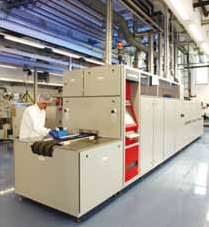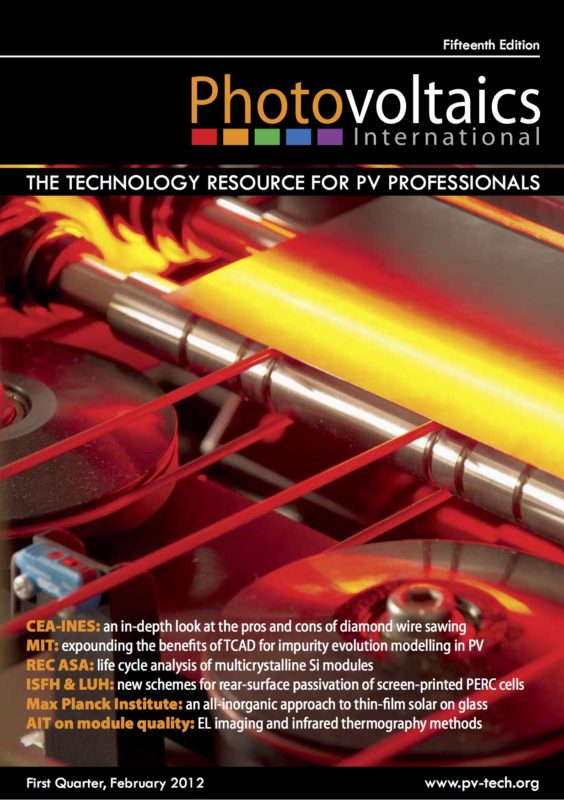By Sebastian Gatz, Institute for Solar Energy Research Hamelin (ISFH); Jan Schmidt, Institute for Solar Energy Research Hamelin (ISFH), Institute of Solid-State Physics, Leibniz University of Hanover (LUH), Hanover, Germany; Boris Veith, Institute for Solar Energy Research Hamelin (ISFH); Thorsten Dullweber, Institute for Solar Energy Research Hamelin (ISFH); Rolf Brendel, Scientific Director, Institute for Solar Energy Research Hamelin (ISFH), Institute of Solid-State Physics, Leibniz University of Hanover (LUH)
In the photovoltaics industry, contacts to crystalline silicon are typically formed by the firing of screen-printed metal pastes. However, the stability of dielectric surface passivation layers during the high-temperature contact formation has turned out to be a major challenge for some of the best passivating layers, such as intrinsic amorphous silicon. Capping of well-passivating dielectric layers by hydrogen-rich silicon nitride (SiNx), however, has been demonstrated to improve the thermal stability, an effect which can be attributed to the atomic hydrogen (H) diffusing out of the interface during firing, and passivating dangling bonds. This paper presents the results of investigations into the influence of two different dielectric passivation stacks on the firing stability, namely SiNy/SiNx (y < x) and Al2O3/SiNx stacks. Excellent firing stability was demonstrated for both stack systems. Effective surface recombination velocities of < 10cm/s were measured after a conventional co firing process on 1.5Ωcm p-type float-zone silicon wafers for both passivation schemes. On the solar cell level, however, better results were obtained using the Al2O3/SiNx stack, where an efficiency of 19.5% was achieved for a large-area screen-printed solar cell fabricated on conventional Czochralski-grown silicon.



